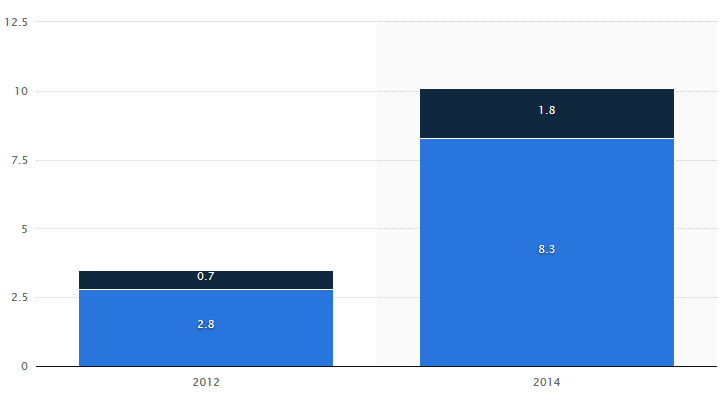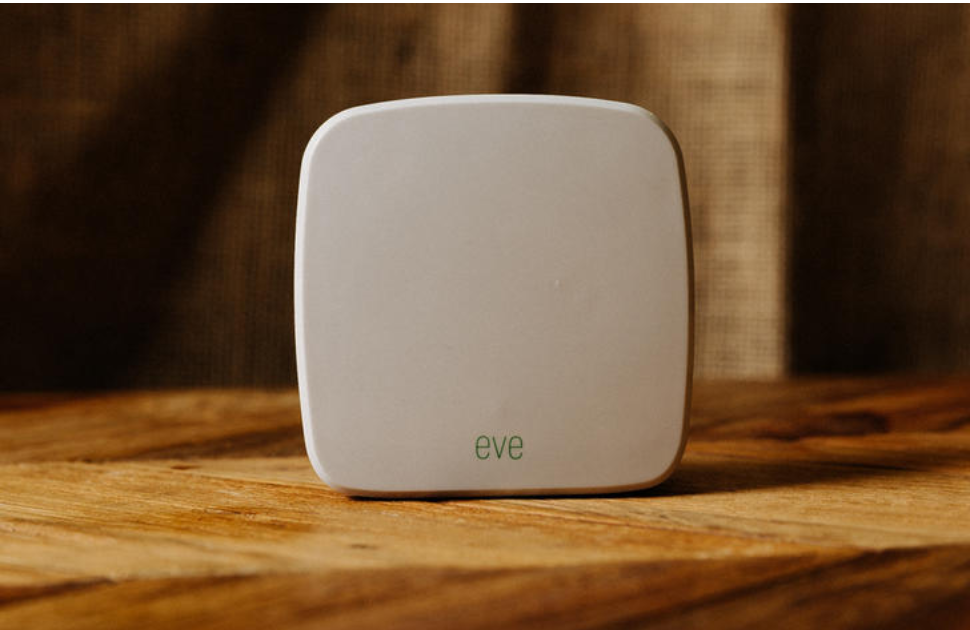Smart home: The most promising developments

In the previous article, we talked about the "smart city" and its prospects - now it's time to talk about the "smart home". Why have smart homes not yet become a reality despite the large number of developments? What development is waiting for existing projects? And does the whole industry have a future? In our material we will try to answer these questions.
The term "smart home" should be understood as a system organized for comfortable living of people with the help of automation equipment and high-tech devices. Such systems are designed to provide security, comfort for all users, and, importantly, to save their resources and finances. Smart home analyzes the processes occurring in the room, and responds to them accordingly. Including, it combines many functions for controlling lighting, door locks, volume of multimedia systems and many others - thanks to this, the user can refuse an infinite number of switches, remote controls and other control devices.
')
For the past few years, scientists have predicted the growing popularity of smart homes along with smart cities, cars and a bunch of other devices with Internet access. At first glance, there is nothing difficult in creating a “connected” house. Installing sensors to receive notifications on a smartphone, when someone enters the house, automatically adjusting the light and temperature depending on personal preferences, many other functions that can make our life easier and more efficient - today all this is technologically accessible. However, in 2015 there was a lull that no one had foreseen.
So what's the problem?
There are several stumbling blocks on the way to the proliferation of smart homes. The first reason is their price. Another reason is that consumers themselves do not fully understand why smart homes are needed and how they can simplify life. For the development of this direction, smart homes should become popular with the general public, otherwise all innovations will be reduced to the usual display of new "smart" thermostats and smoke traps for friends of geeks.
However, the researchers say that the lull will soon pass, and it will be replaced by a storm - a storm of "smart devices", and the market will become $ 60 billion mastodon within 5 years. And this is readily believed, because, according to the site statista.com, the number of installed smart home systems in North America from 2012 to 2014 has more than doubled.

Data on the number of installed smart home systems in North America for 2012 and 2014. Black - the number of integrated solutions, blue - the number of point solutions in million
Each developer of smart homes sees the future in his own way and tries to solve the most important, in his opinion, everyday problems that the ordinary urban (and non-urban) man in the street faces. More and more startups offer their products - companies that collect money on crowdfunding platforms are starting to share the results of their work. The market is heated and large companies. Movement goes on several fronts at once - mobile devices, air conditioning systems, security systems, and TV set-top boxes are being created.
And by the way about the latter: Not so long ago, the French company Neotion presented a solution for the smart home Neohome , providing access to free satellite, terrestrial and cable television channels, as well as being able to access all multimedia devices in your home. Neohome solution is able to control other home appliances: lamps, switches, cameras. Access to the system is possible both from a tablet and from a smartphone and computer, which makes it possible not only to constantly be aware of everything that happens in the apartment, but also to broadcast TV programs, music and transfer other files to several devices at once.

Photos from the site: www.ft.com
Active movement is observed in the environment of temperature comfort. The Learning Thermostat of Nest, bought by Google, is also a rather interesting copy of the device with Internet access. The company hopes to simplify home automation systems with Weave, a new communication technology that third-party manufacturers can build into their products.
Greg Hu, general manager of Nest products, said that compatible devices will be able to automatically respond to signals and events from the Nest system, and the user will not have to constantly open the application. For example, when the front door opens, an intelligent August lock can activate the Nest camera and take a photo of the incoming person, and the Petnet feeder will take a photo of the approached animal.
“Other platforms are making remote control absolute,” says Hu. - The mobile phone is not the center of the Nest platform. How often do you go around the house with the phone? You want the house to be smarter. ”
According to Nest, already 11,000 developers are creating devices that can work with their system: among them are the automaker Mercedes-Benz and the manufacturer of garage doors Chamberlain.
In the field of smart homes, Apple is not far behind Google - it was announced that devices that support HomeKit (protocols embedded in iOS for iPhone and iPad) are about to enter the market. HomeKit sets the standard for how smart homes interact with each other, Apple devices and Siri personal assistant.
Here are a few devices using the HomeKit protocols.
Elgato Eve Room is a sensor that measures temperature, humidity and air quality in general. Thanks to the integration with HomeKit, you can check the air parameters just by asking Siri about it.

Everyone is waiting for the smart home to control various electrical appliances. The iDevices Switch is a gadget that can automate the on and off of devices connected to it.

With the help of Schlage Sense Bluetooth, Deadbolt Siri will be able to control the door locks.

It turns out that in order to "talk" with the smart home, you just need to talk to the phone - smartphones have long been able to process human speech. However, not only Apple has been developing and supporting voice-controlled devices - people have imagined such devices since the appearance of the Jetsons .
For example, a Cubic device is able to interpret the phrase “I'm hot” as a command to turn on a fan. Ubi , Homey and Amazon Echo also offer devices that work in this way.

In the wake of the growing popularity of smartphones in the management of smart homes, Bluetooth has again managed to attract attention. On the market there are products that allow you to control the lighting , sockets and many other "smart" devices using this protocol.
Products from Avi-on, Oort and Seed will change our understanding of lighting at home and at work. Even Peep , the creator of the camera that takes a picture of a person who has knocked on your door, intends to use Bluetooth, because it provides faster transfer of the image inside the room - using Wi-Fi means that the image from the camera is first sent to the cloud, and only then to user devices.

Like it or not, from the "smart" outlets we can not leave. In contrast to the “smart” plugs that are already appearing on the market, the “smart” sockets from Digital Trends are capable of more than just turning the devices on and off.
They will analyze user behavior and behave accordingly, for example, turn off unused devices to reduce the size of the electricity bill . Brio sockets eliminate the possibility of electric shock - they remain de-energized until a valid appliance is connected.

Usually devices for a smart home solve one problem at a time: you can remotely control a thermostat or turn on the lights before entering the house. However, hubs are already emerging, the task of which is to unite all devices into a single network. But if hubs remain on the market or not, it does not matter. The development trend of the smart home is such that the developers will not create a “smart” thermometer, but will immediately make a “smart” medical cabinet. It may not be medical, but the closet for things is certain: when you take out a T-shirt from there, you will receive a warning that it's 12 degrees outside and you should take a jacket.
As far as the concept of a smart home has taken root in Russia? Analysts of Direct INFO predict that by 2017 the Russian market of “smart” home appliances will reach 10 billion rubles (compared with 3.7 billion in 2013, the growth looks quite impressive). It will take time for smart gadgets to stop being perceived as toys.
First of all, it concerns the spread of the concept of “smart home” beyond the borders of the premium segment housing. And it is important to understand that the use of such technologies does not necessarily provide for changes in the construction of housing, the carrying out of additional cables and wires, the work of the installers - and the examples given above confirm this.
Source: https://habr.com/ru/post/367059/
All Articles